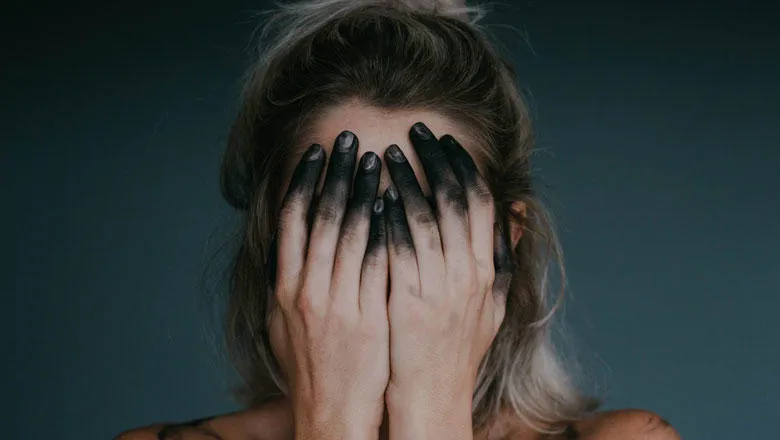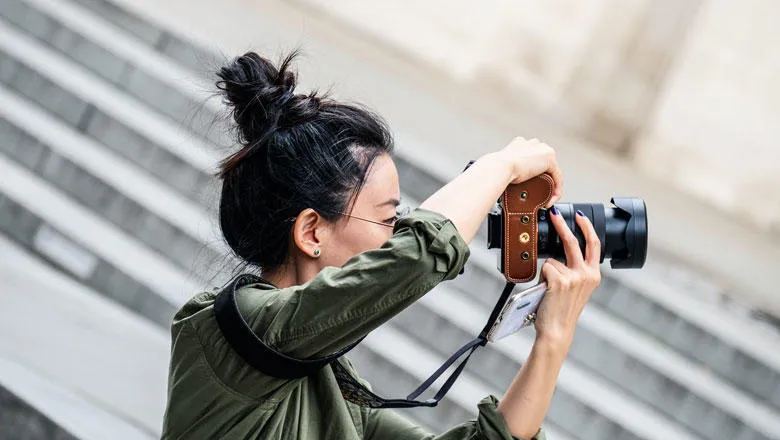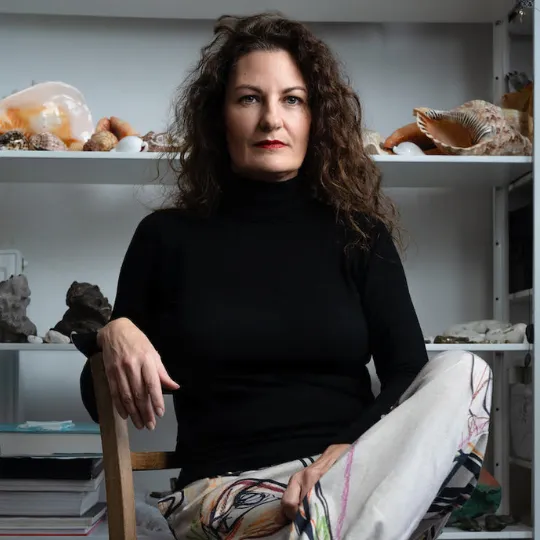The visual arts is a complex ecosystem. The intersection between commercial and non-commercial words is increasingly harder to define.
Dr Kate McMillan
18 June 2019
New report reveals stark gender disparity in the visual arts
‘Representation of Female Artists in Britain During 2018’ by Dr Kate McMillan seeks to identify how the role of gender affects the career of artists.

- 66% of applications to postgraduate study in the creative arts and design sector were by women, whereas with an almost inverse ratio, 63% of the most senior staff were male.
- Only 32% of artists represented by London’s major commercial galleries were female.
- Male artists dominated auction sales at 88%, with only 3% of the highest grossing sales were by female artists.
- 54% of artists involved in public art projects in 2018 were female.
Why are female artists not seen as a good investment?
The report, ‘Representation of Female Artists in Britain During 2018’ by Dr Kate McMillan, examines data across the visual arts and seeks to identify how the role of gender affects the career of artists.
The report prompts questions about why female artists might seem like a lower performing investment and what can the sector do to bolster against these biases?
“The visual arts is a complex ecosystem,” Dr Kate McMillan said. “The intersection between commercial and non-commercial words is increasingly harder to define. However, it’s not acceptable to simply allow the market to determine the legacy of female artists.”
Collectors and investors buying on the secondary market affect the decisions of commercial galleries, which in turn is reflected in programming decisions in the not-for-profit sector.
'Representation of Female Artists in Britain During 2018'

While this report highlights some of the stark differences in gender representation and parity, there were some positives moves forward:
- 53% of museum and gallery directors identified as female. However, the more funding an organisation receives, the more likely it’s going to be run by a man.
- 55% of solo shows in non-commercial galleries were by women
- There was an equal 50/50 gender split in artists representing Britain at the Venice Biennale in 2018.
- Turner Prize winners over the last ten years have improved significantly with 66% of women winning since 2009.
Do gender quotas work in the art world?
Although gender quotas have been criticised for undermining the role of ‘great art’ in selection processes, the report suggests that these direct measures do overcome the painfully slow rate of change in the wider sector.
Dr McMillan commented: “Surely to propose that gender quotas may result in poorer quality work is simply to suggest work by female artists is of a lesser standard?”
‘Representation of Female Artists in Britain During 2018’ was commissioned by the Freelands Foundation. The research was undertaken by Dr Kate McMillan, an artist and academic in the Department for Culture, Media and Creative Industries (CMCI).

